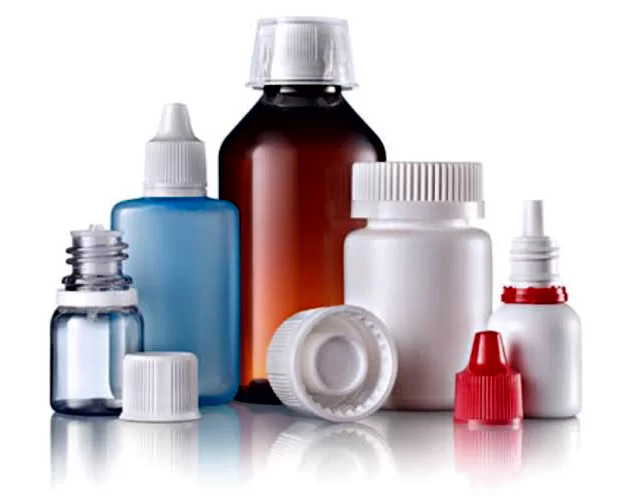
Pharma packaging solutions are continually evolving to meet the demands of the pharmaceutical industry, prioritizing the protection, integrity, and accessibility of medications. As the healthcare landscape progresses, emerging trends in pharma packaging have become crucial in addressing challenges and enhancing patient outcomes. This article explores the latest trends in pharma packaging solutions, highlighting their impact on safety, efficiency, and patient-centric care.
Enhanced Medication Safety:
- Tamper-Evident Packaging: Packaging solutions equipped with tamper-evident features, such as seals and closures, provide visible evidence of any interference, ensuring the authenticity and safety of medications while protecting patients from counterfeit or compromised products.
- Child-Resistant Packaging: Child-resistant closures and packaging designs are instrumental in reducing the risk of accidental ingestion by children, offering an additional layer of safety for households with young ones.
- Anti-Counterfeiting Measures: Implementation of advanced anti-counterfeiting technologies, including holograms, unique barcodes, or RFID tags, enables secure product authentication, mitigating the circulation of counterfeit medications and safeguarding patient well-being.
Patient-Centric Packaging:
- Adherence-Enhancing Solutions: Packaging solutions that incorporate medication adherence aids, such as blister packs with integrated dosage schedules or smart reminders, empower patients to adhere to their prescribed medication regimen, fostering improved treatment outcomes.
- User-Friendly Designs: Packaging designs that prioritize ease of use, intuitive instructions, and accessibility features cater to patients of all ages and abilities, ensuring medication administration is straightforward, safe, and convenient.
- Personalized Packaging: Customizable packaging options, such as unit-dose packaging or tailored dosage instructions, cater to individual patient needs, promoting personalized medicine and enhancing patient engagement.
Advanced Delivery Systems:
- Smart Drug Delivery Devices: Integration of smart technology into drug delivery devices, such as auto-injectors or inhalers, enables real-time monitoring of usage, dosage tracking, and connectivity with healthcare providers, facilitating personalized and data-driven patient care.
- Novel Drug Delivery Systems: Innovations in drug delivery systems, such as transdermal patches, microneedles, or implantable devices, offer alternative routes of administration, enhancing patient comfort, compliance, and treatment efficacy.
- Temperature-Controlled Packaging: Temperature-sensitive medications benefit from specialized packaging solutions that maintain the required temperature range throughout storage and transportation, preserving the efficacy and potency of the products.
Sustainable Packaging Solutions:
- Eco-Friendly Materials: The adoption of environmentally friendly materials, such as biodegradable or recyclable plastics, bio-based polymers, or compostable packaging, contributes to reducing environmental impact and promoting sustainability in pharma packaging.
- Packaging Waste Reduction: Streamlining packaging designs, optimizing material usage, and incorporating recycling initiatives help minimize packaging waste, supporting the industry’s commitment to environmental responsibility.
- Circular Economy Practices: Embracing circular economy principles, such as reusing or repurposing packaging materials, fosters a more sustainable and resource-efficient pharma packaging ecosystem.
Evolving trends in pharma packaging solutions are revolutionizing the healthcare industry by advancing medication safety, patient-centered care, and sustainability. From tamper-evident packaging to personalized dosing options and smart drug delivery devices, these trends improve patient outcomes, enhance medication adherence, and ensure the integrity of pharmaceutical products. By embracing and investing in these progressive pharma packaging solutions, stakeholders in the healthcare ecosystem can further elevate patient safety, improve treatment experiences, and contribute to a greener future.

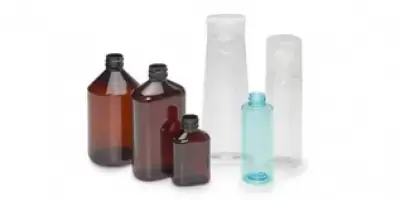 PET Bottles for Cosmetics
PET Bottles for Cosmetics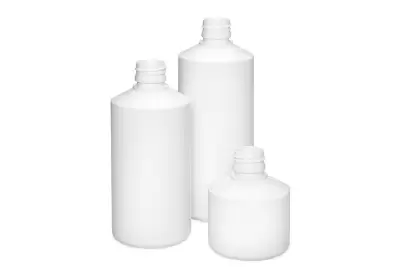 Medical Syrup Bottles
Medical Syrup Bottles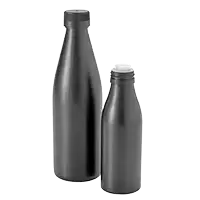 Spill Proof Bottles for Oil
Spill Proof Bottles for Oil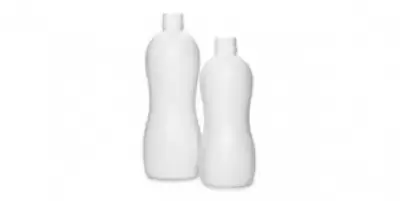 Bottles for pharma liquids
Bottles for pharma liquids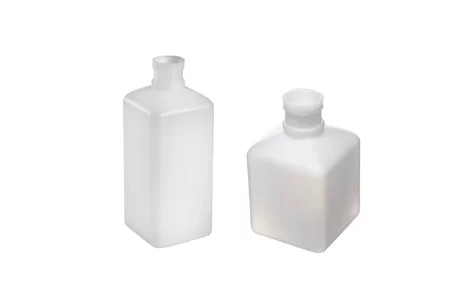 Square HDPE Bottles
Square HDPE Bottles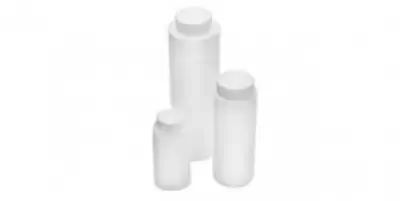 Powder Bottles
Powder Bottles Ice Pack (Cooling Element)
Ice Pack (Cooling Element)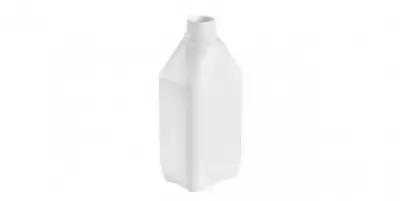 Rectangular Bottles
Rectangular Bottles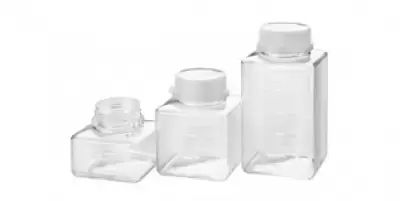 Water Sampling Bottles
Water Sampling Bottles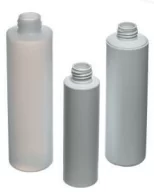 PE Bottles for Cosmetics
PE Bottles for Cosmetics Drosophila Bottle
Drosophila Bottle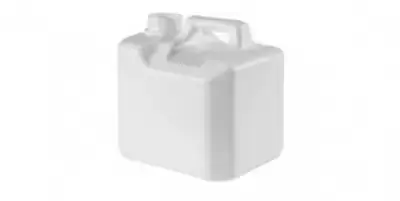 Plastic Jerry cans and carboys
Plastic Jerry cans and carboys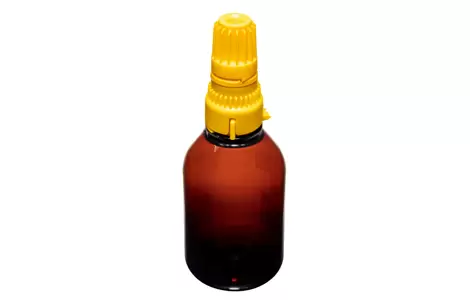 PEN BOTTLES & ADAPTORS FOR SEVOFLURAN
PEN BOTTLES & ADAPTORS FOR SEVOFLURAN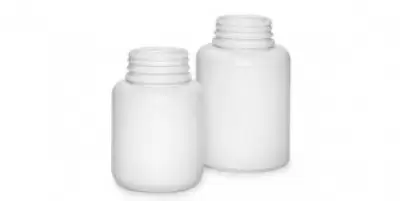 Food Supplement Jars
Food Supplement Jars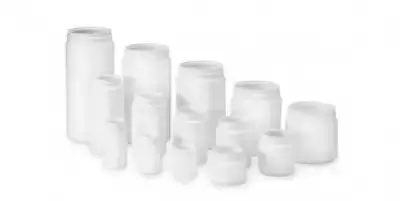 Cylindrical Jars with Hinged Lid
Cylindrical Jars with Hinged Lid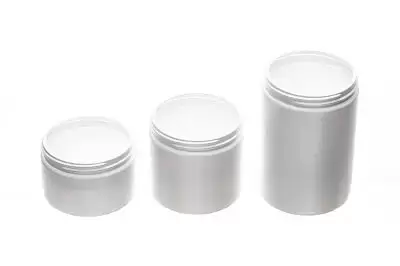 Cylindrical Jars with Screw Caps
Cylindrical Jars with Screw Caps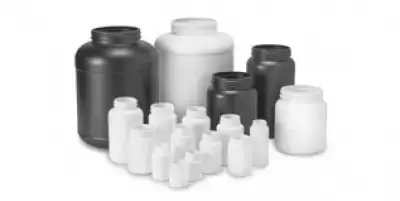 Wide Mouth Plastic Jars
Wide Mouth Plastic Jars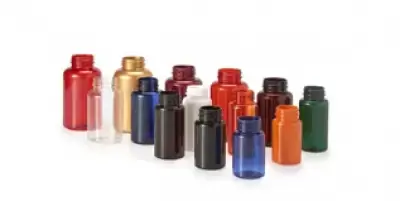 PET Pill Jars
PET Pill Jars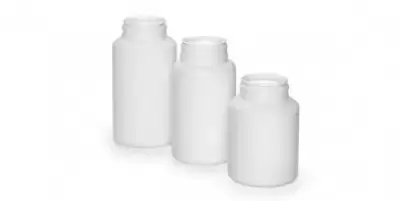 HDPE Packers with Hinged Lid
HDPE Packers with Hinged Lid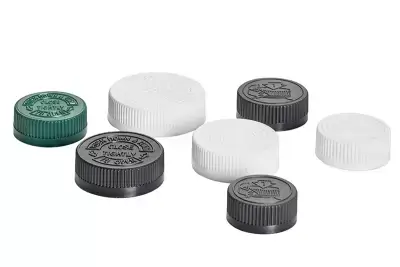 Child Resistant Closures (CRC)
Child Resistant Closures (CRC)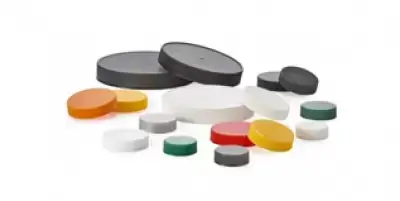 CT Plastic Screw Caps
CT Plastic Screw Caps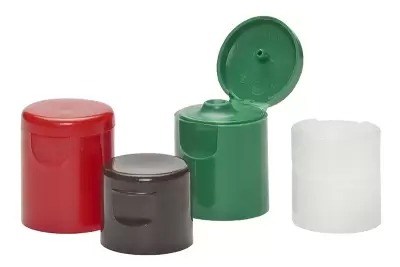 Disc Top and Flip Top Closures
Disc Top and Flip Top Closures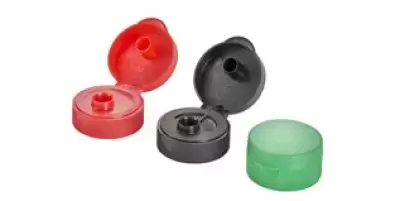 Flip Top Closures
Flip Top Closures Over cap for Cosmetic Bottles
Over cap for Cosmetic Bottles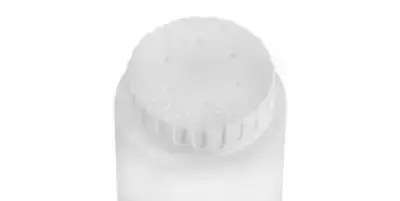 Powder Dispensing Cap
Powder Dispensing Cap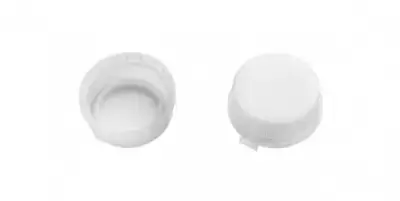 Cap for Water Sampling Bottles
Cap for Water Sampling Bottles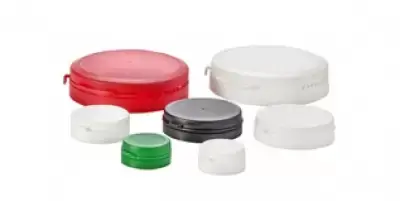 Tamper Evident Hinged Caps
Tamper Evident Hinged Caps Hinged Caps with Liner
Hinged Caps with Liner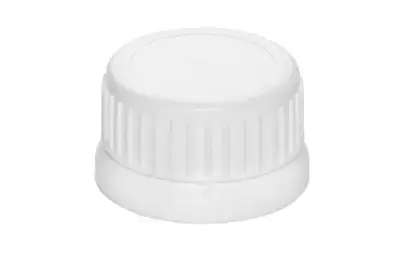 Tamper Evident Screw Cap, 38mm
Tamper Evident Screw Cap, 38mm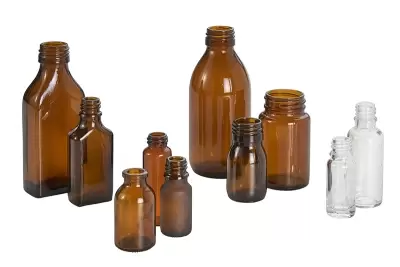 Pharma Glass Bottles & Jars
Pharma Glass Bottles & Jars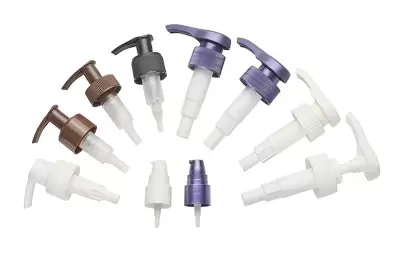 Pharma Lotion Pumps
Pharma Lotion Pumps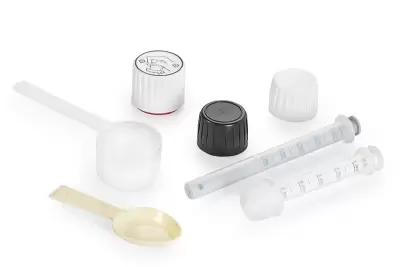 Measuring Cups & Spoons
Measuring Cups & Spoons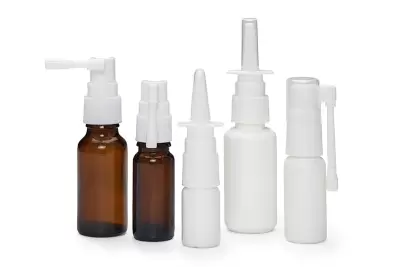 Pharmaceutical Sprayer Pumps
Pharmaceutical Sprayer Pumps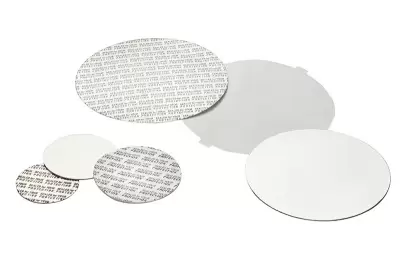 Cap Liners
Cap Liners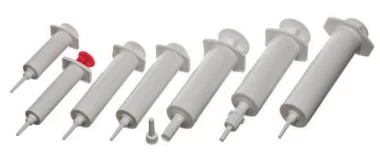 Syringes
Syringes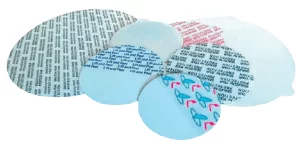 Liners
Liners





